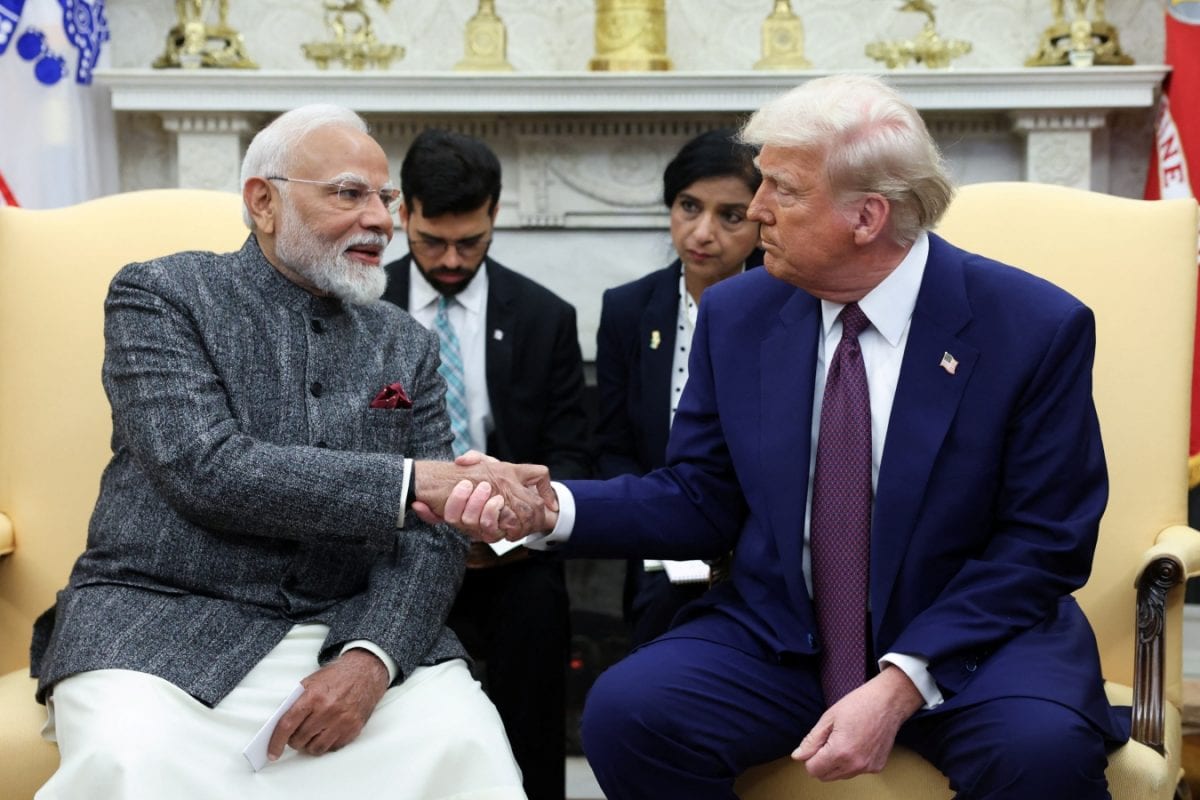

India and the United States are hoping to finalize an interim trade deal within the next 48 hours, with negotiations currently underway in Washington. India's trade team has extended its stay in Washington to resolve key differences before the July 9 deadline, when higher US tariffs are scheduled to take effect. Both sides have been firm on key issues, including Washington's demand for India to open its market to genetically modified crops, which remains a red line for New Delhi due to potential risks to its farmers. The US is also seeking greater access to India's agricultural and dairy sectors, a request that India is hesitant to accept due to concerns about rural livelihoods and food safety. On the other hand, India is pushing for significant tariff concessions on its labor-intensive exports, such as garments, footwear, and leather, which are major job creators.
President Trump has indicated that a trade agreement with India is near, which would substantially lower existing tariffs, creating a more level playing field. Negotiators are aiming to finalize the Bilateral Trade Agreement (BTA) before the July 9 deadline. External Affairs Minister S Jaishankar has expressed optimism about reaching a deal. If a deal is not reached by the deadline, India could face a reciprocal tariff rate increase from the current 10% to 27%. The interim trade pact is projected as a step toward a broader bilateral trade deal, with the goal of doubling bilateral trade to $500 billion by 2030.
In other news, Foxconn, Apple's largest iPhone assembler, has reportedly directed hundreds of its Chinese workforce based in India to return home. Over 300 Chinese engineers and technicians have exited Foxconn's iPhone plants in southern India. While the reasons for this decision are unclear, it is happening amid growing tensions between Beijing and Western tech firms shifting manufacturing away from China, as well as the border dispute between India and China. The withdrawal of Chinese engineers could create challenges for Apple as it prepares for the production of the iPhone 17.
These engineers played a critical role in setting up India's assembly lines, bringing years of expertise from Shenzhen's factories. Their departure could slow down the training of the local workforce and the transfer of technology, potentially affecting efficiency on the assembly line. Despite the withdrawal, Foxconn informed Indian authorities, and production has not yet suffered significant disruptions.
This situation highlights the complexities of navigating global supply chain shifts and the subtle tactics China is employing to stall global technology transfer to India. China has been reportedly discouraging technology transfers, equipment exports, and skilled labor migration to India and Southeast Asia. This move reflects Beijing's anxiety over the erosion of its manufacturing monopoly, as global corporations diversify production beyond China's borders.